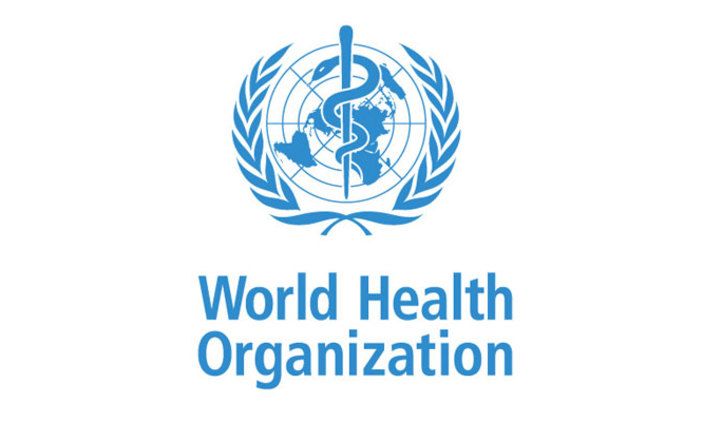WHO Declares Monkeypox Virus a Global Health Emergency
Last weekend, the World Health Organization declared the monkeypox viral outbreaks a Public Health Emergency of the International Concern (PHEIC).

The World Health Organization (WHO) has declared monkeypox a Public Health Emergency of the International Concern (PHEIC). The decision was announced over the weekend, following a meeting of WHO’s International Health Regulations (IHR) Emergency Committee last Thursday.
This highest level of alert signifies that WHO believes the multi-country monkeypox outbreaks merit a coordinated international response. WHO defines a PHEIC as “an extraordinary event” indicative of “public health risk to other States through the international spread of disease.”
Since May 2022, monkeypox infections have been reported in 68 countries where the virus is not endemic. Worldwide, there are now just under 17000 confirmed monkeypox infections.
The emergency committee was reportedly unable to reach a consensus, so WHO Director-General Tedros Adhanom Ghebreyesus made the declaration: “We have an outbreak that has spread around the world rapidly, through new modes of transmission, about which we understand too little,” he said on Saturday. “For all of these reasons, I have decided that the global monkeypox outbreak represents a public health emergency of international concern.”
Last month, WHO declined to call monkeypox a global health emergency. Since then, however, cases have only increased. WHO reported that infections rose 77% from late June through early July. There are currently 5 reported deaths within Africa, where the virus is endemic, and no reported deaths outside of Africa.
Still, some experts believe monkeypox is not severe enough to be considered a PHEIC, since most individuals make a full recovery without medical treatment. However, the lesions can be excruciatingly painful and highly contagious. Ghebreyesus called himself a “tiebreaker” in an unprecedented decision without a majority of experts in favor, citing “a clear risk of further international spread.”
The classification of the monkeypox outbreaks has been a bit controversial, with some experts lobbying to change the name to prevent any racist or xenophobic connotations that may result from linking the zoonotic virus to Africa.
Additionally, monkeypox infections are occurring primarily in men who have sex with men (MSM), which complicates messaging as public health officials work to increase awareness in those most at-risk without stigmatizing these populations.
“For the moment this is an outbreak that’s concentrated among men who have sex with men, especially those who have multiple partners,” Ghebreyesus said. “That means that this is an outbreak that can be stopped with the right strategies in the right groups.”
Monkeypox is a less severe relative of smallpox, which is why stockpiled smallpox vaccines are being deployed as pre-exposure prophylaxis for those with occupational hazards (i.e., healthcare providers) and as post-exposure prophylaxis for suspected cases and their close contacts.
Initial monkeypox symptoms include fever, headache, sore throat, cough, swollen lymph nodes, back pain, muscle aches, and fatigue. These symptoms are followed by a rash and painful lesions. Monkeypox is most transmissible when symptomatic, and symptoms may take up to 21 days to present.
While the virus is primarily spread through contact with the pustules or body fluids, clothing and bedding can become contaminated with monkeypox. In a close setting, the virus can also be transmitted through respiratory droplets.
For more information, click here to read all our coverage of the monkeypox virus.
